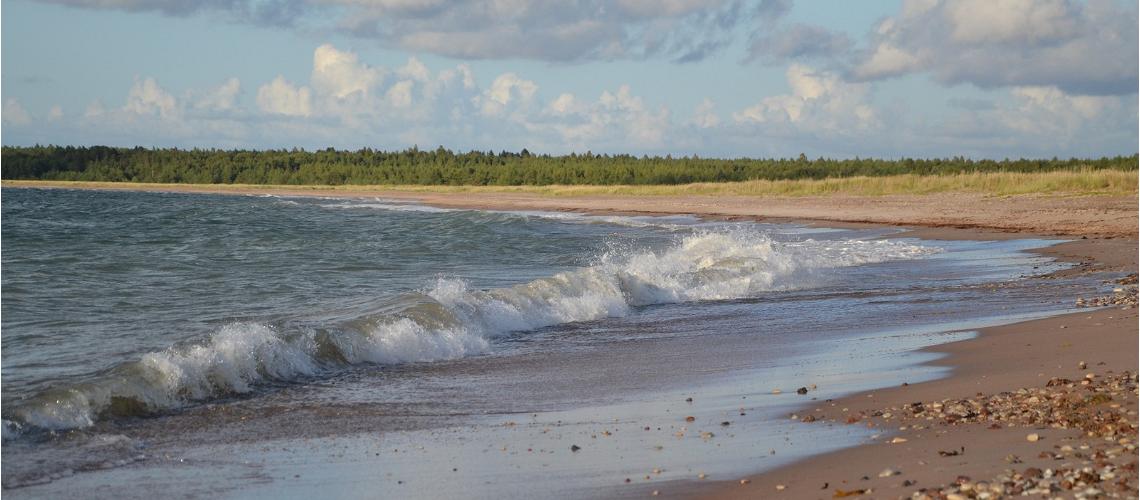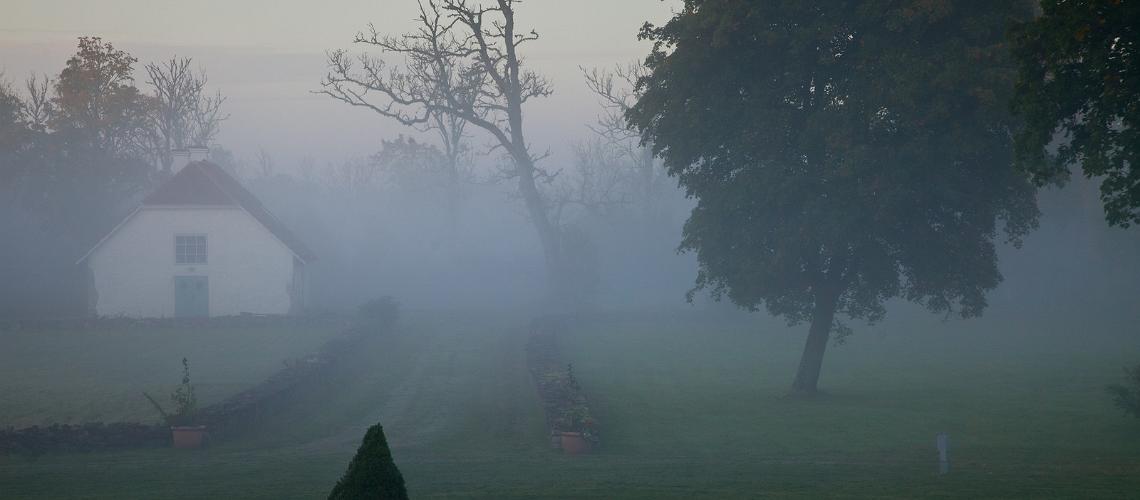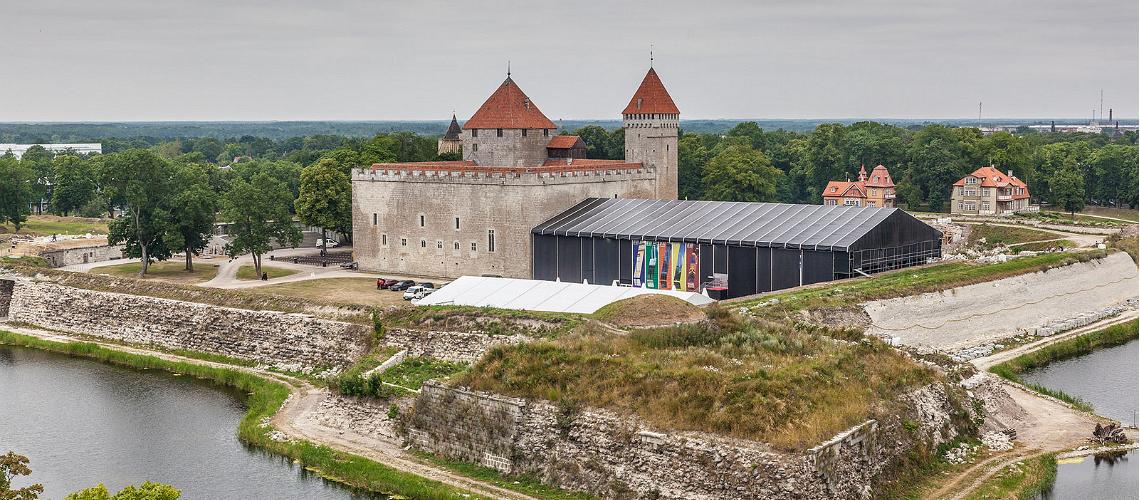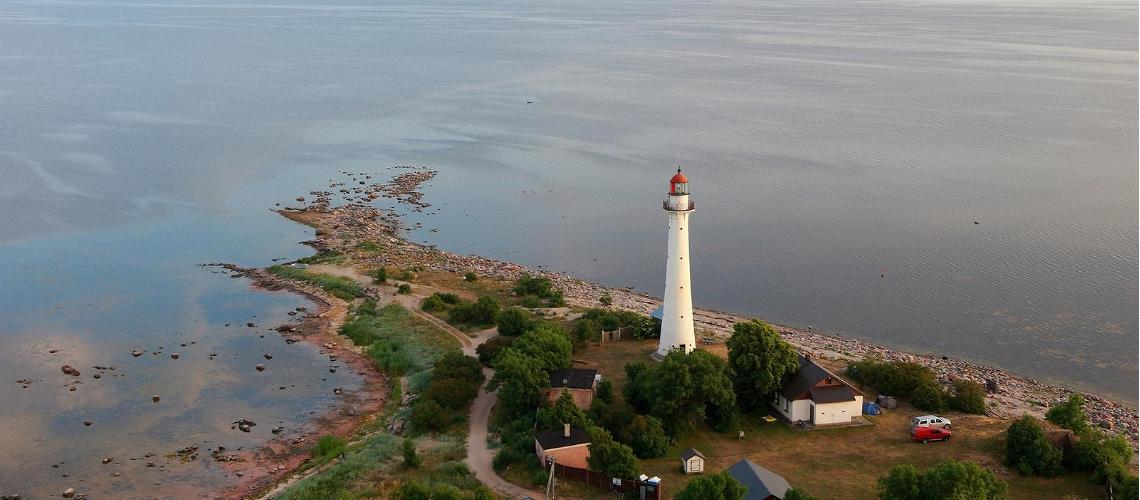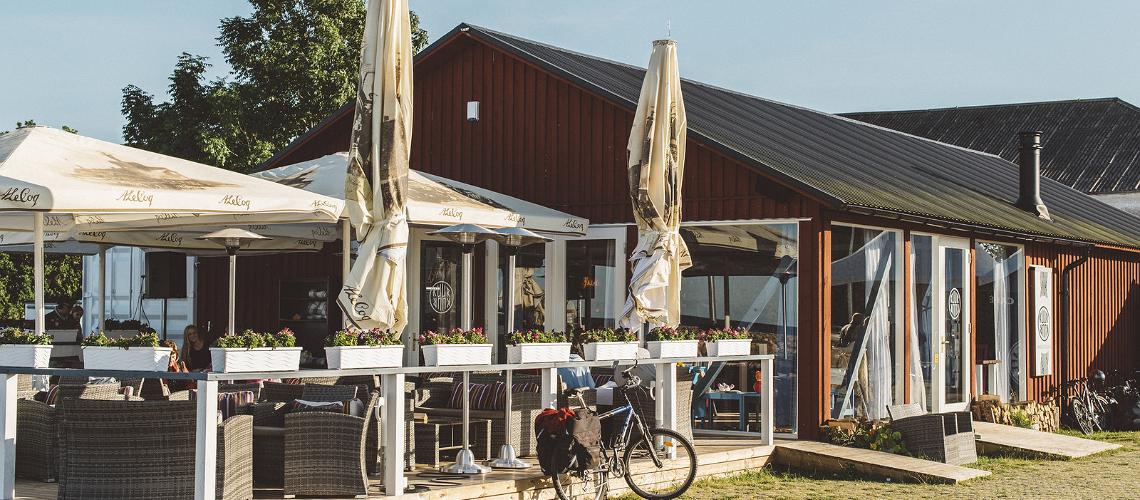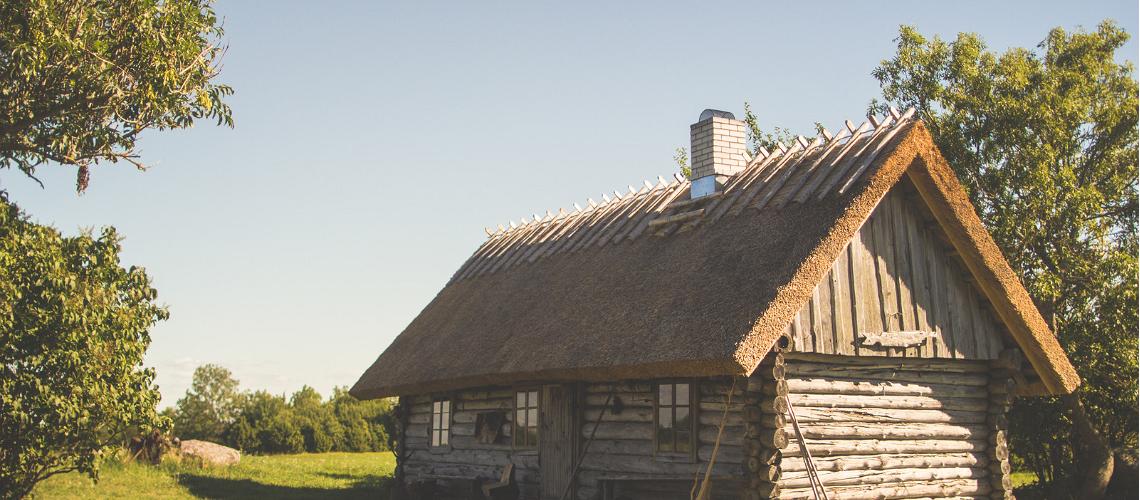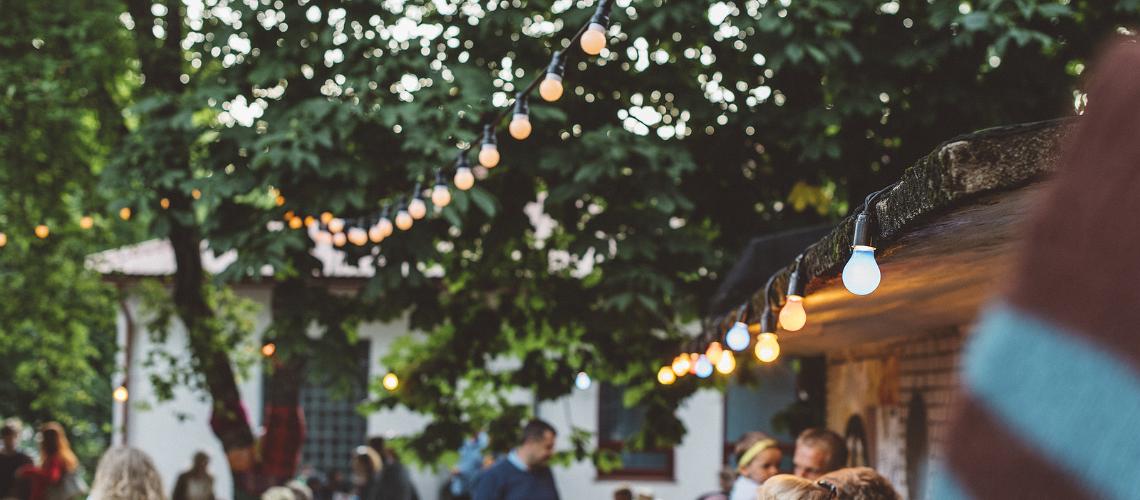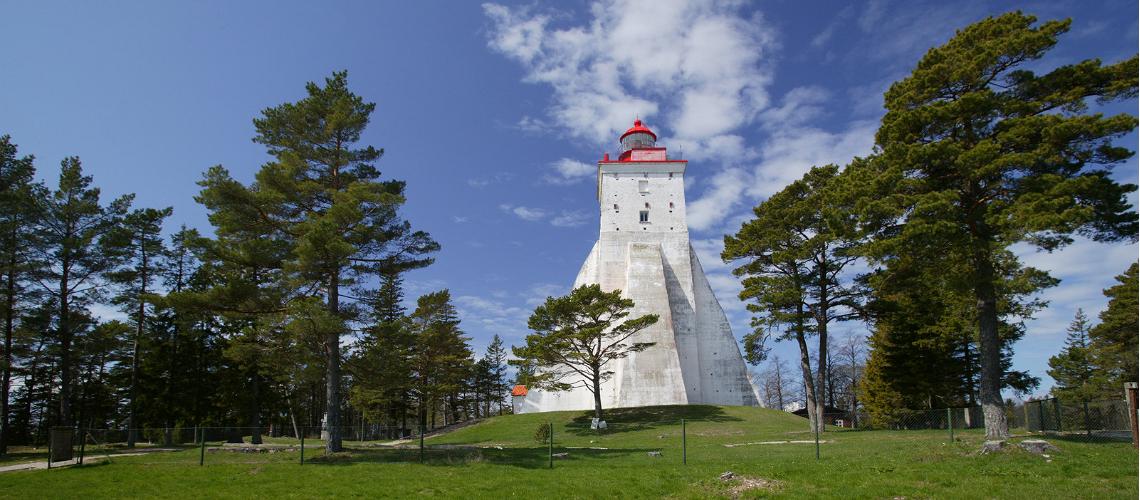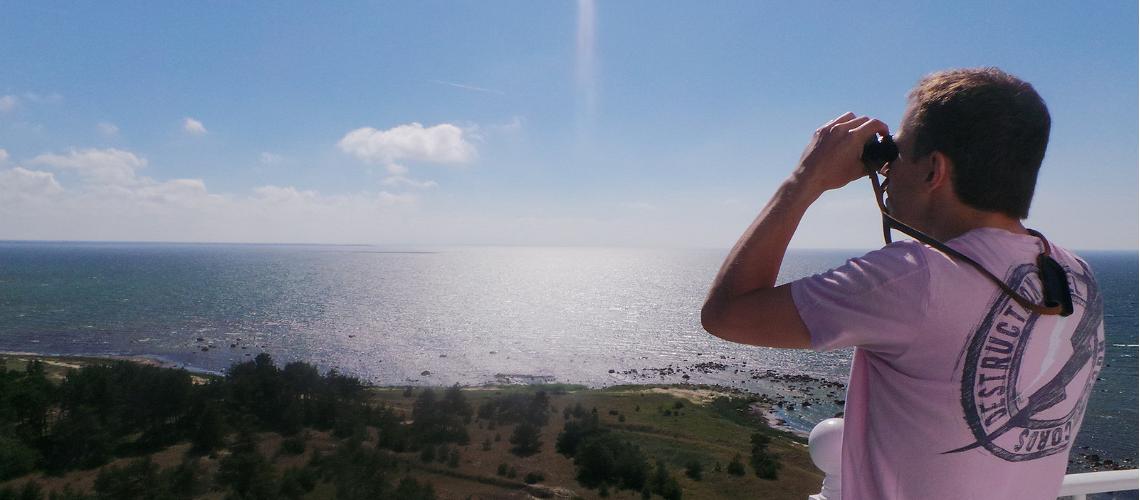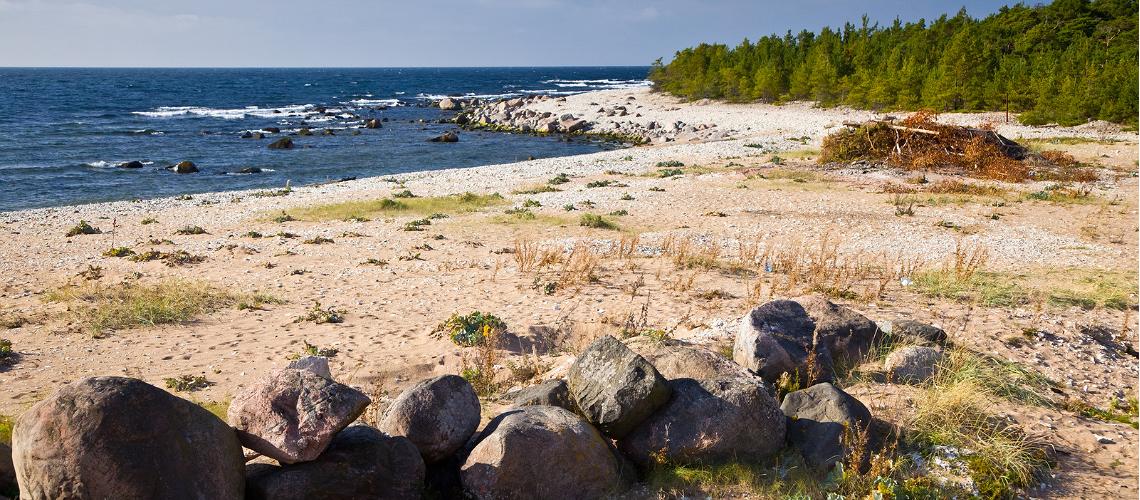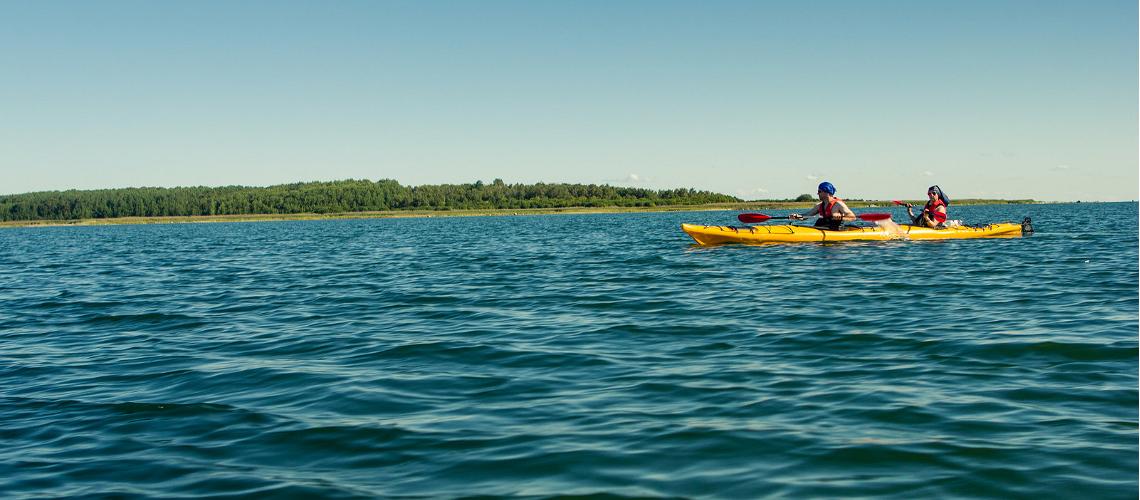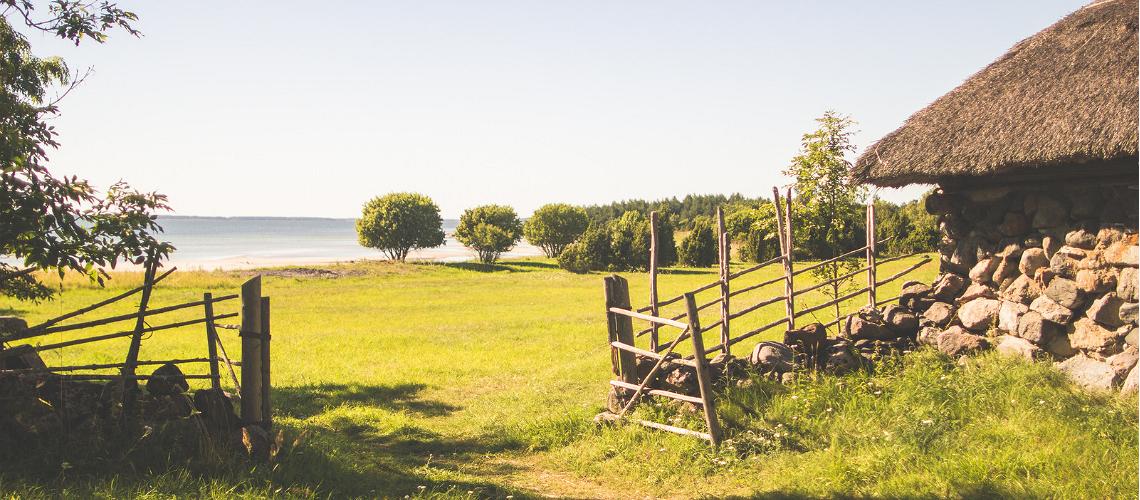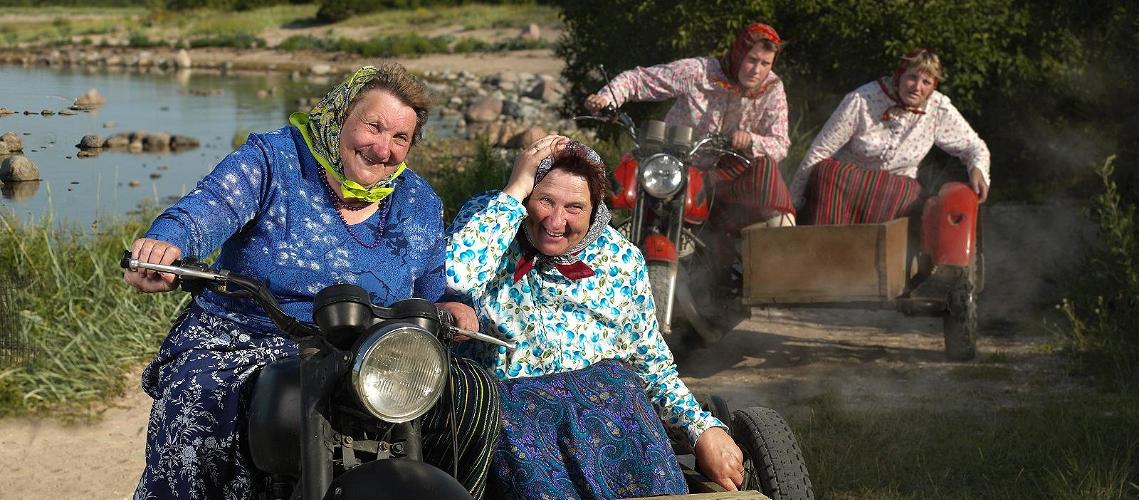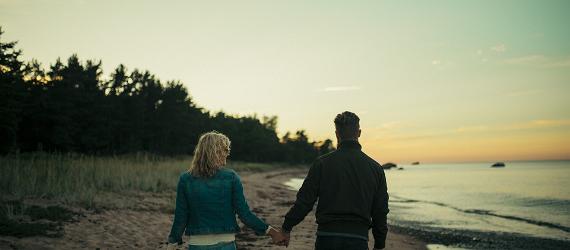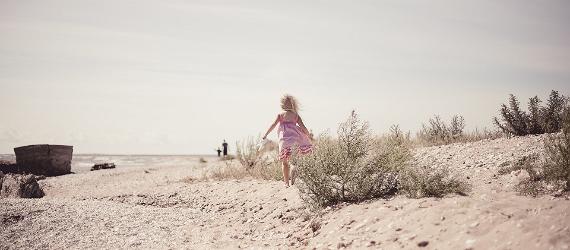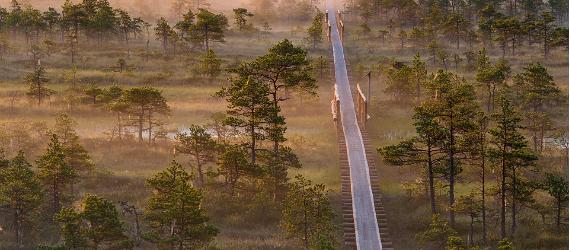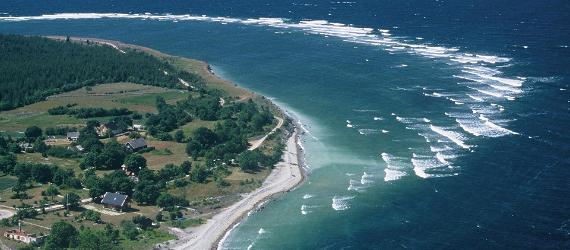Life moves at a slower pace on the islands where Estonia's traditional lifestyle still stands strong. Estonian islands are known for their rural charm and here you can explore how Estonians used to live before the modern age. The nature on the islands is mostly untouched, at times hiding traces of the past past medieval heyday and battles.
Most Estonian islands are tiny and uninhabited, so if you are a birdwatching, canoeing, sailing or fishing enthusiast then you might just find a place remote and wild enough for a real nature getaway. Below are some of the largest Estonian islands with a wealth of cultural and natural history.
Saaremaa...an ancient land of Estonians
Saaremaa has a special place in every Estonian's heart, even for those whose roots are deeply continental. In addition to the many popular products produced in Saaremaa such as spring water, beer, rye bread and cheese, Saaremaa also represents to many the authentic Estonian spirit that is free and perhaps even a little stubborn. Saaremaa has retained its uniqueness due to its remote location boasting villages surrounded by stone fences and houses with thatched roofs. Dolomite, windmills and the famous local home-brewed beer are considered the symbols of Saaremaa.
Saaremaa's capital Kuressaare is a must-see and popular place among Scandinavian visitors. Here in midst of nature and cutesy wooden houses lies a gigantic Episcopal Castle which is unique for being the only intact medieval fortress in the Baltic countries. The castle is now a museum where you can see several exhibitions about the history of Kuressaare, explore medieval weapons and the well-restored interior of the castle.
During more recent years, in 1840 to be precice, the first spa opened in Kuressaare and since then Saaremaa has been well-known as a resort. Even today you can enjoy uniquely Estonian spa treatments using local algae, beer and juniper.
Hiiumaa...lighthouses, cafes and the meteorite
While known for its lighthouses, unspoilt nature and the sense of humour of its locals, you can't possibly miss the fact that Hiiumaa island was created after a large meteorite blast in about 455 million years ago, making it perhaps one of the oldest islands in the world. Furthermore, if you're looking to visit during the winter, you can drive over across Europe's longest ice road. Now, that's a way to arrive!
First and foremost a rural island, Hiiumaa attracts hiking and cycling enthusiasts and those simply looking to have a relaxing holiday. Here you'll find the world's oldest continuously operating lighthouse (Kõpu lighthouse), while the summer time brings an array of festivals including Hiiumaa Chamber Music Days and Hiiu Folklore Festival. Inarguably the most charming festival held in Hiiumaa and perhaps in the whole region is Kärdla Cafes' Days in August when locals open their doors and hearts to the public with small pop up cafes scattered all across the town of Kärdla serving meals, home made cakes and delicious coffee.
Kihnu...old ladies on motorcycles
If you're out for contrasts then jump aboard and sail to the tiny island of Kihnu located off the coast of Estonia in the Gulf of Riga. Listed by UNESCO for Masterpiece of the Oral and Intangible Heritage of Humanity, Kihnu traditional culture meets deep rooted motorcycle enthusiasm. Most women in Kihnu wear traditional Kihnu costumes consisting of striped and colourful woollen skirts and white shirts while driving around on their vintage motorcycles and getting on with their daily business. Visitors can catch a glimpse of this spectacle by jumping on the back of an open truck touring around the coast as well as around the old Kihnu villages.
Find out how to get here, book your accommodation and nature activities today.















